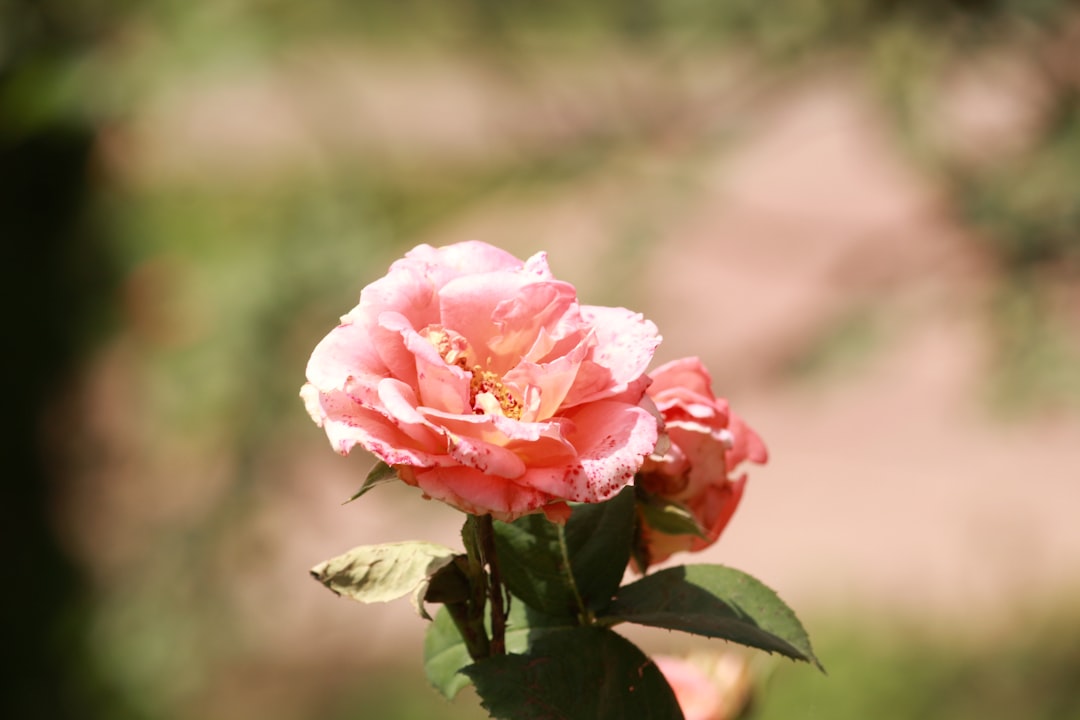Safeguarding Squash Plants from Powdery Mildew: A Gardener's Guide

When it comes to squash plants, powdery mildew is a common and troublesome issue that can quickly get out of hand if not addressed promptly. In this article, we'll explore what powdery mildew is, how it affects squash plants, and most importantly, what you can do to protect your precious squash from this fungal infection.
Powdery mildew is a fungal disease that manifests as a white or gray powdery coating on the leaves, stems, and even fruits of squash plants. It is caused by various species of fungi, with Erysiphe cichoracearum and Sphaerotheca fuliginea being the most common culprits in squash. These fungi thrive in warm, humid conditions, but can also develop in dry environments, as they don't require free water on the plant surface to germinate and infect.
The first signs of powdery mildew on squash plants are small, circular white spots on the upper surfaces of the leaves. As the infection progresses, these spots expand and merge, covering larger areas of the foliage. In severe cases, the entire leaf can become covered in the powdery substance, causing it to turn yellow, wilt, and eventually die. This not only reduces the plant's ability to photosynthesize but also weakens the overall health of the squash plant, leading to stunted growth and reduced fruit production.
So, how can you prevent powdery mildew from taking over your squash plants? The first step is to choose resistant varieties. Many modern squash cultivars have been bred for resistance to powdery mildew. When selecting seeds or seedlings, look for labels that indicate resistance to this disease. Some popular resistant varieties include 'Butternut Supreme,' 'Early Summer Crookneck,' and 'Table Queen Acorn.'
Proper spacing is also crucial in preventing powdery mildew. Squash plants need adequate air circulation to keep the foliage dry and reduce humidity around the plants. Plant your squash at least 2 - 3 feet apart, depending on the variety, to allow for good air movement. This will help prevent the conditions that favor the growth of powdery mildew fungi.
Another important aspect of prevention is watering. Water your squash plants at the base, rather than from above. Overhead watering can create a moist environment on the leaves, which is ideal for powdery mildew development. Using a soaker hose or drip irrigation system is a great way to ensure that the soil is moistened without wetting the foliage. Water in the morning so that any moisture on the leaves has time to dry before evening, when the temperature drops and humidity increases.
Maintaining a clean garden is essential in preventing the spread of powdery mildew. Remove any infected leaves or plant debris as soon as you notice them. This will reduce the source of fungal spores and prevent the disease from spreading to healthy plants. At the end of the growing season, clean up all the remaining plant material in the garden and dispose of it properly. Do not compost infected plants, as the fungi can survive in the compost and infect future crops.
If powdery mildew does appear on your squash plants, there are several treatment options available. One natural remedy is to use a milk spray. Mix one part milk with two parts water and spray it on the affected plants. The proteins in milk have been shown to have antifungal properties and can help control powdery mildew. Spray the solution every 7 - 10 days, especially after rain or heavy watering.
Neem oil is another effective organic treatment for powdery mildew. Neem oil is derived from the neem tree and has both antifungal and insecticidal properties. Dilute neem oil according to the manufacturer's instructions and spray it on the squash plants, making sure to cover both the upper and lower surfaces of the leaves. Neem oil works by disrupting the life cycle of the fungi and preventing them from reproducing.
For more severe infections, you may need to use a chemical fungicide. However, it's important to use these products carefully and according to the label instructions. Look for fungicides that are specifically formulated for powdery mildew on squash plants and are safe for use in organic gardening if that's your preference. Some common chemical fungicides for powdery mildew include sulfur - based products and those containing potassium bicarbonate.
In conclusion, protecting your squash plants from powdery mildew requires a combination of preventive measures and timely treatment. By choosing resistant varieties, providing proper spacing and watering, maintaining a clean garden, and using natural or chemical treatments when necessary, you can keep your squash plants healthy and productive throughout the growing season. Don't let powdery mildew ruin your squash harvest - take action to safeguard your plants today.